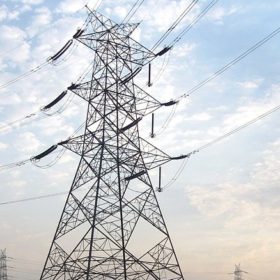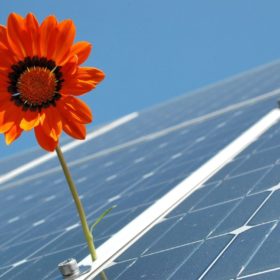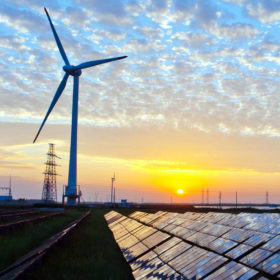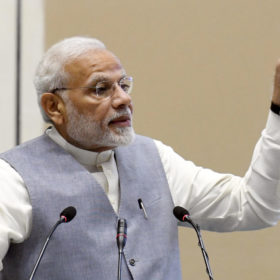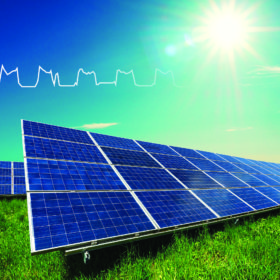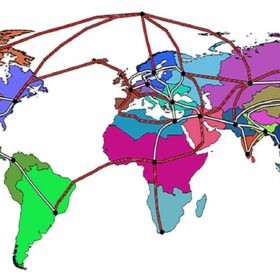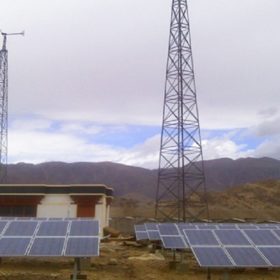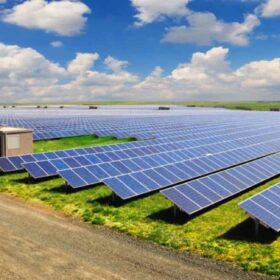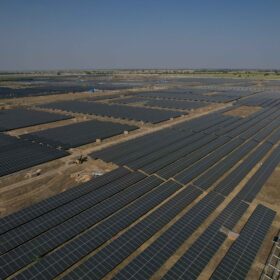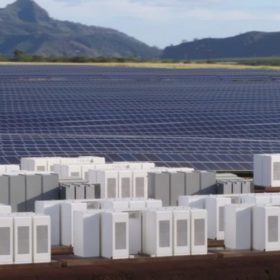Transmission charges waiver to renewables may be extended beyond 2022
Solar and wind projects commissioned beyond the year 2022—at least till mid of 2023—may be eligible for interstate transmission charges waiver on the electricity generated.
Bringing back India’s solar sector to the front foot in 2021
The ‘175 GW by 2022’ renewable energy target seems unachievable, necessitating the benchmark be moved to ‘450 GW by 2030’ instead. But even that will require the sector to move back to the front foot from 2021.
MNRE seeks consultants for the global supergrid plan
July 6 is the last date to submit proposals for the ambitious ‘one sun, one world, one grid’ plan that aims at seamless sharing of renewable energy resources among countries for mutual benefits and global sustainability. The program has been taken up by the Ministry with assistance from the World Bank.
Modi calls for a rooftop-solar-powered city in every state
The prime minister again emphasized the need for India to develop a domestic solar manufacturing industry and also urged officials to get on with plans to make Ladakh carbon-neutral.
Torrent Power sees opportunity of renewables-plus-gas based flexible generation
The integrated power producer, which has 138 MW of operational solar capacity and 2730 MW of state-of-the-art gas based power plants, sees opportunity of flexible generation to sell pooled round-the-clock power [renewable + gas] at competitive cost on a long-term basis.
Drones can drive down operational solar costs—Frost & Sullivan Interview
The market for drones in the power and utility industry will grow 23.6% annually, reaching $515 million by 2030—according to a Frost & Sullivan report.
The report, Drones in the Global Power and Utilities Industry, Forecast to 2030, cites ongoing digital transformation, remote monitoring, and the need to optimize operational costs as the factors driving increasing adoption of drones in the power and utility industry.
“Drones minimize the need to send human employees onsite and can be deployed for monitoring, operations, and maintenance services. As the global power and utility industry continues to tackle the impact of the ongoing Covid-19 pandemic, drones can be potential game-changers in combating the challenges it poses,” as per the report.
pv magazine spoke to Supreeth Srinivasa Rao, Associate Director, Industrial Practice, Frost & Sullivan, to find out the role of drones in the solar sector, especially for India.
Covid lockdown: Thermal power generation hit, renewable continues unabated
India Ratings says the power demand declined for March and April 2020, taking a hit on generation from thermal sources as renewables continued to enjoy ‘must run’ status.
Global supergrid vs. regional supergrids
Researchers from Finland’s Lappeenranta University of Technology have assessed the economic advantages of a fully interconnected global network. They found that an international grid could contribute to a global LCOE of €52.50/MWh. The higher complexity of such a system, however, would only be marginally compensated by additional economic benefits.
Mega-scale solar farms Vs distributed generation with battery storage
Distributed generation with battery storage can revolutionize solar development in India in the shortest time period with minimal investment.
Indian electricity sector structural reforms get underway!
The draft Electricity Bill 2020 moves us with a toolbox of structural reforms, towards not only efficient but also a progressive electricity market.
